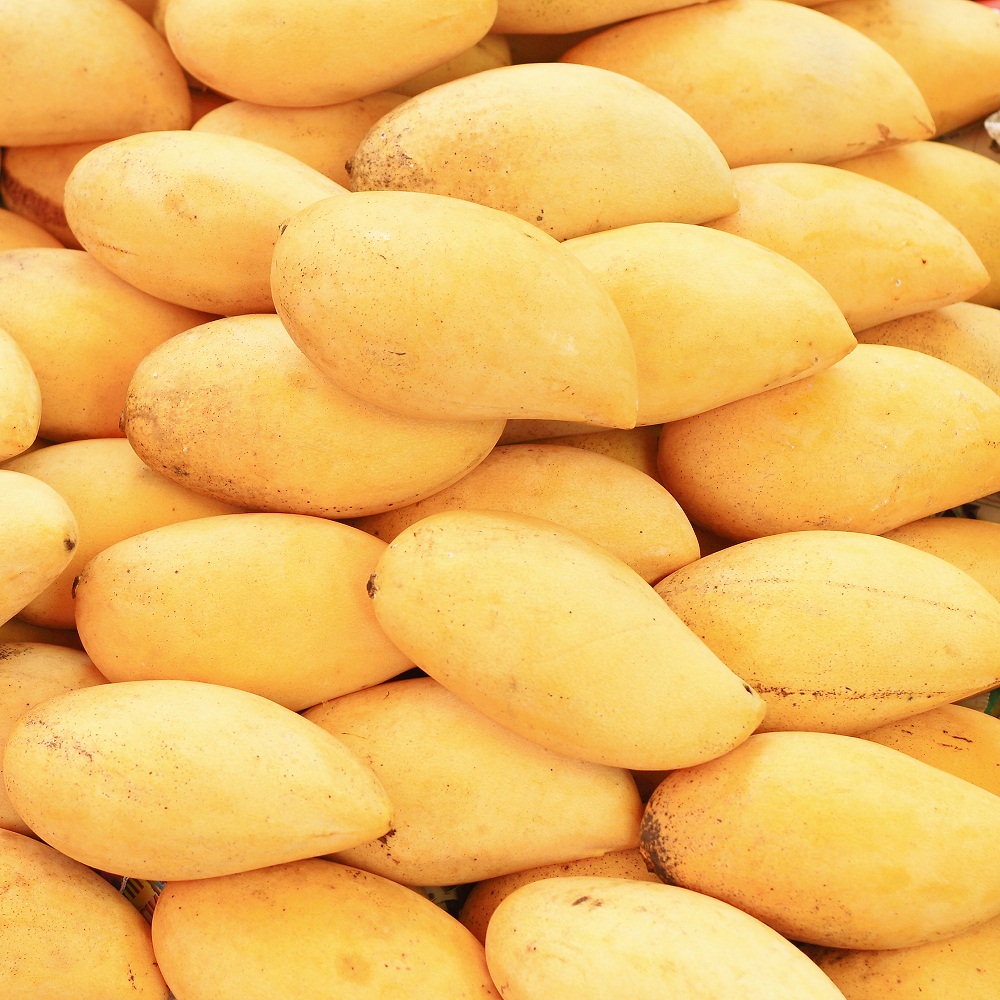Southern Mexican wind damage unlikely to blow over U.S. mango imports

The industry is still assessing the impacts of devastating winds that damaged mango orchards in the southern Mexican state of Oaxaca last week, but early indications show it will most likely be very early season fruit that's affected.
In a preliminary report published yesterday, Crespo Organic said 'first cut' fruit damage is estimated to be between 30-40% in orchards where the windstorm whipped through, which is a significant blow for growers who are dependent on the early fruit.
"Crespo Organic’s previously conservative volume expectations and start date, continue to be true as much of the first cut fruit of the program was slated for local markets and did not fall into the quality standards of the program," the company said.
"When we get the initial reports that there’s a massive windstorm and all this damage it feels very serious for us, but when we come through and realize a lot of it is into the super early fruit, the super early fruit is not something we usually put much emphasis on on the organic side," the company's Nissa Pierson tells Fresh Fruit Portal.
"So it’s hard to say exactly how it’s going to affect the conventional world, because it kind of depends on the volumes coming out of Chiapas and how much it’ll affect [the market], and the big question is when Peru will end."
National Mango Board executive director Manuel Michel emphasizes most of the mangoes grown in Mexico during this time tend to stay in Mexico.
"They're sold domestically, the reason being that they have very good prices, even higher prices than here in the U.S. at this point in time," Michel says.
"So even if the crop was damaged, it’s possible that it won’t affect the exports to the U.S.
"Now it’s still too early to know how everything is going to play out, but that could be one possibility, and also since the dollar is stronger that could make it better to sell mangoes to the U.S. than to sell them domestically."
He says an early finish to the Peruvian season is also a possibility, which would lead to low volumes in the U.S. market and potentially higher prices that could entice more Mexican volume.
"The contact we have down in Mexico, we asked him how the flowering has been up until now and it looks normal. It's not ahead of schedule, it's not delayed.
"For us normal now is that each year the volume increases, slowly but surely. In 2016, 111 million boxes came into the U.S., and that was an increase of about 14.5% on 2015."
Photo: www.shutterstock.com














































